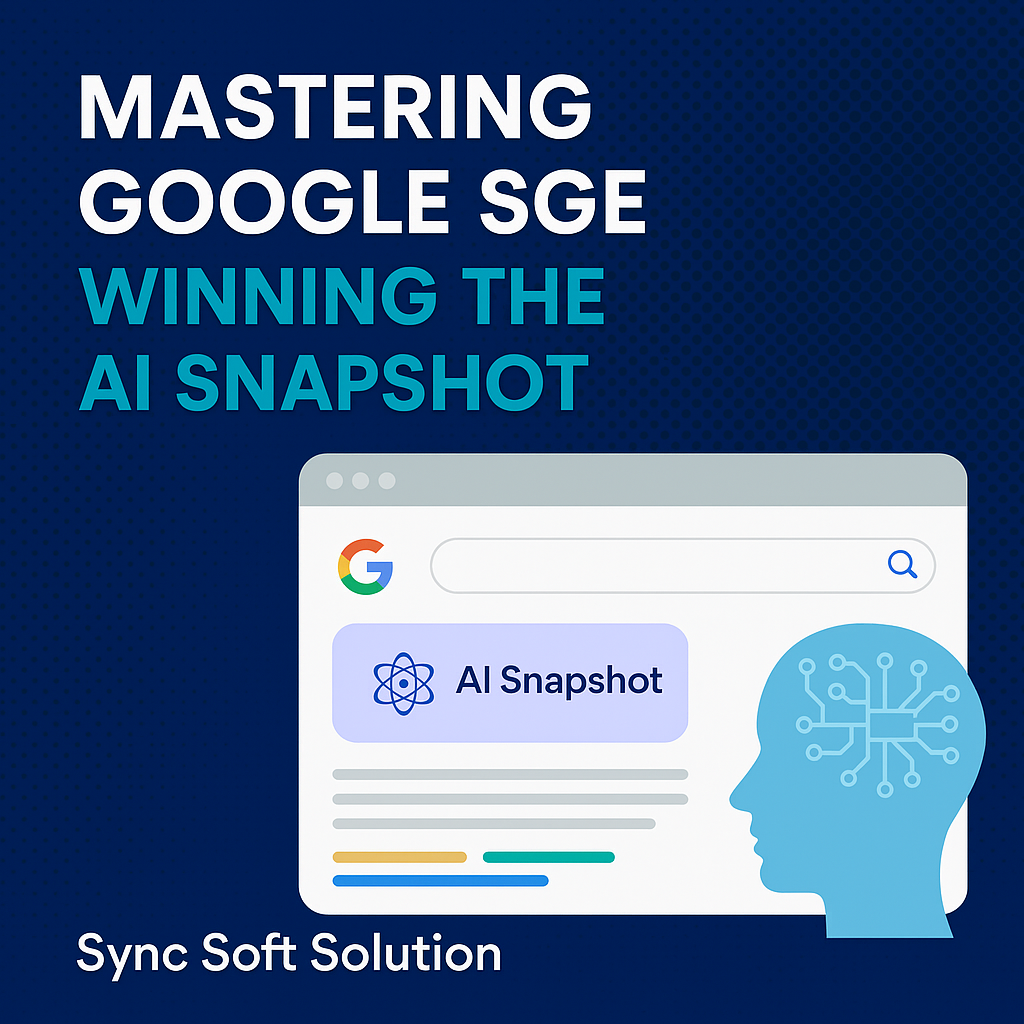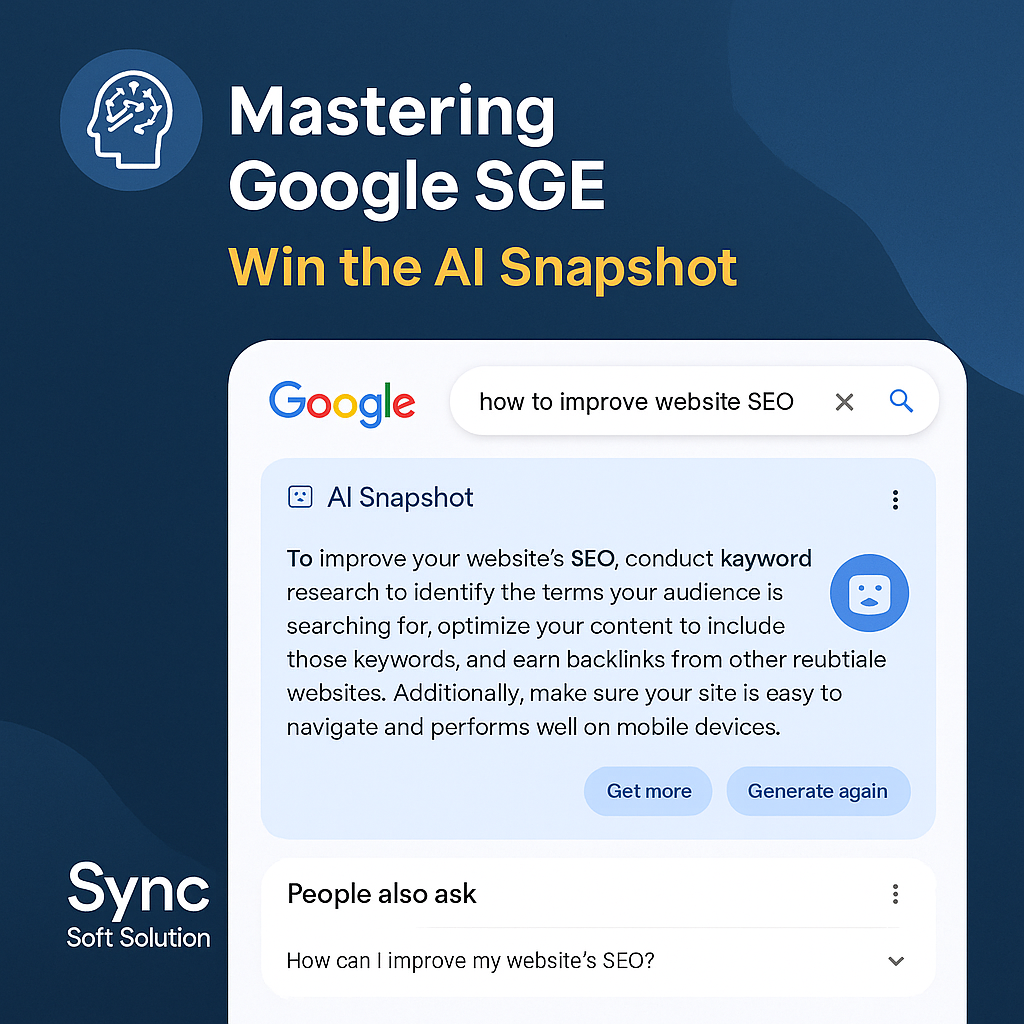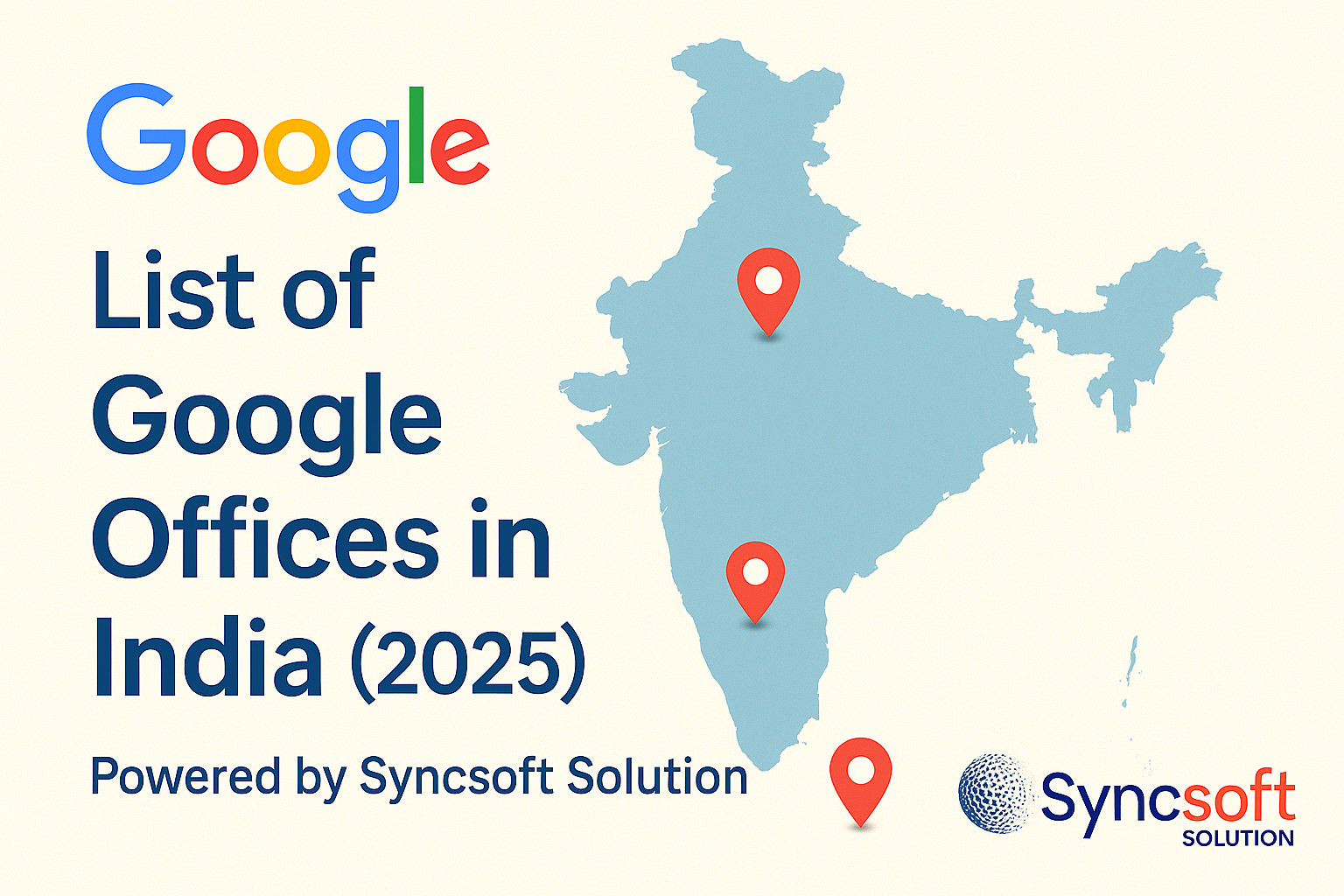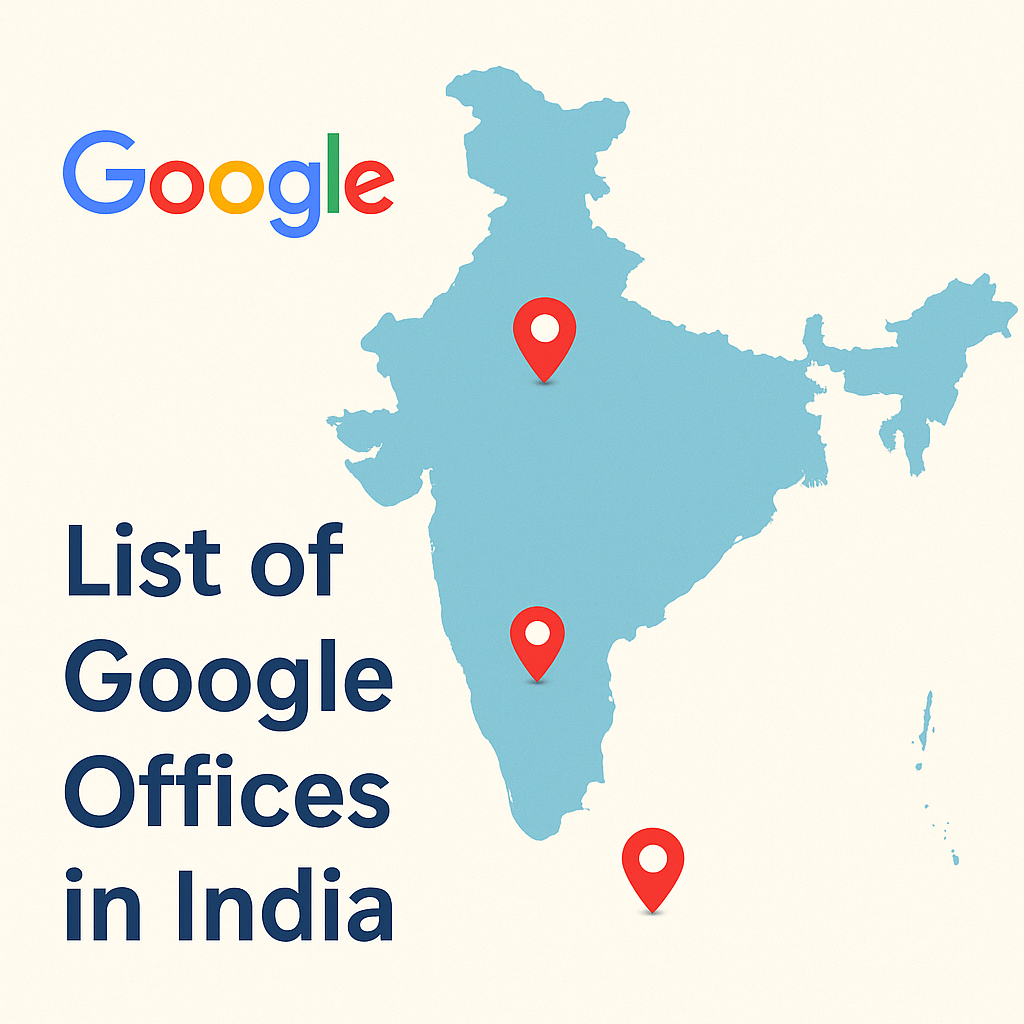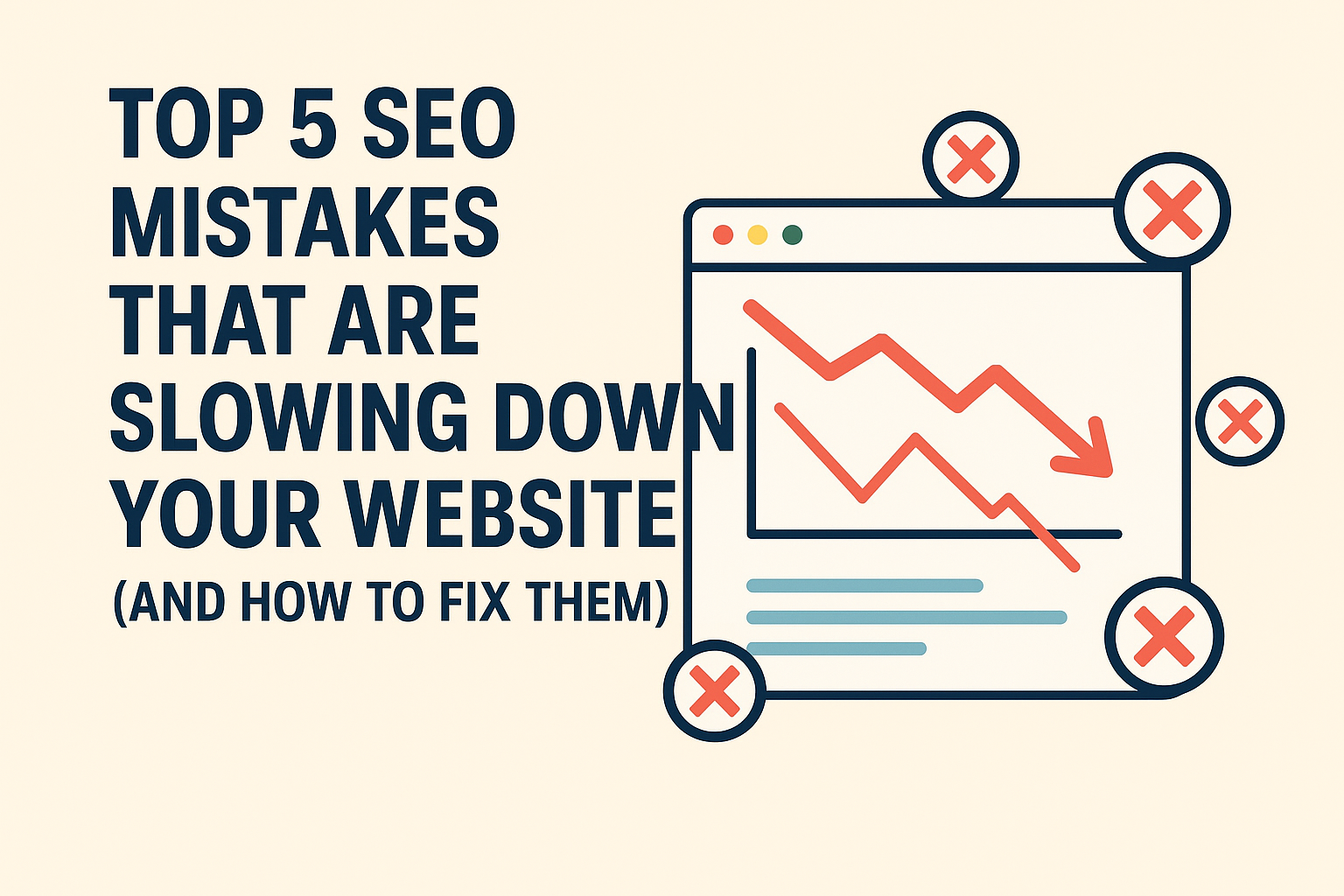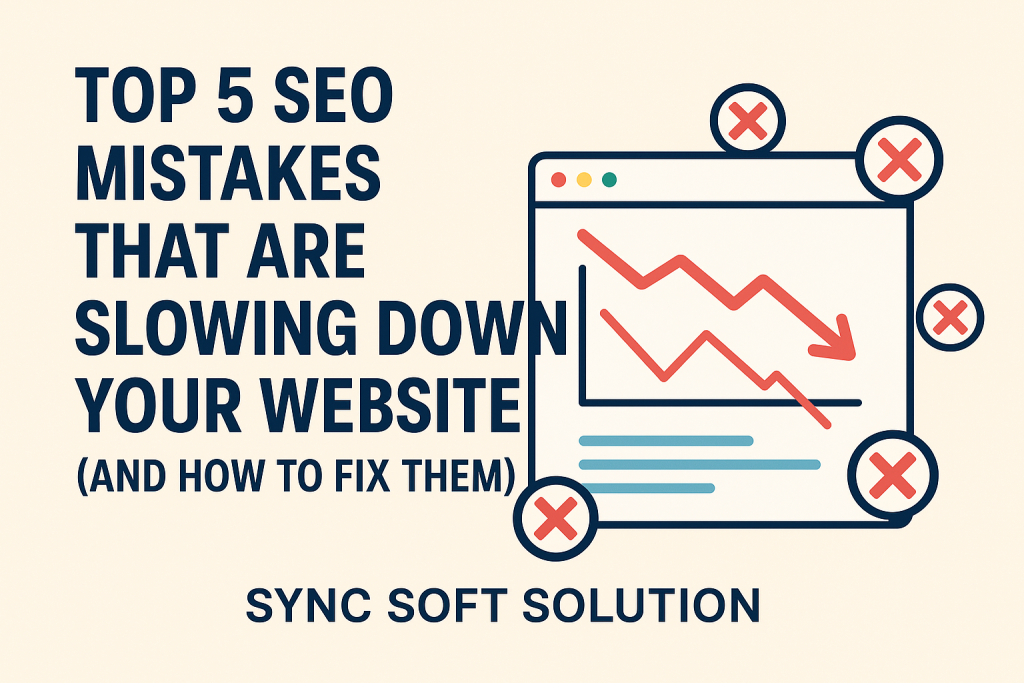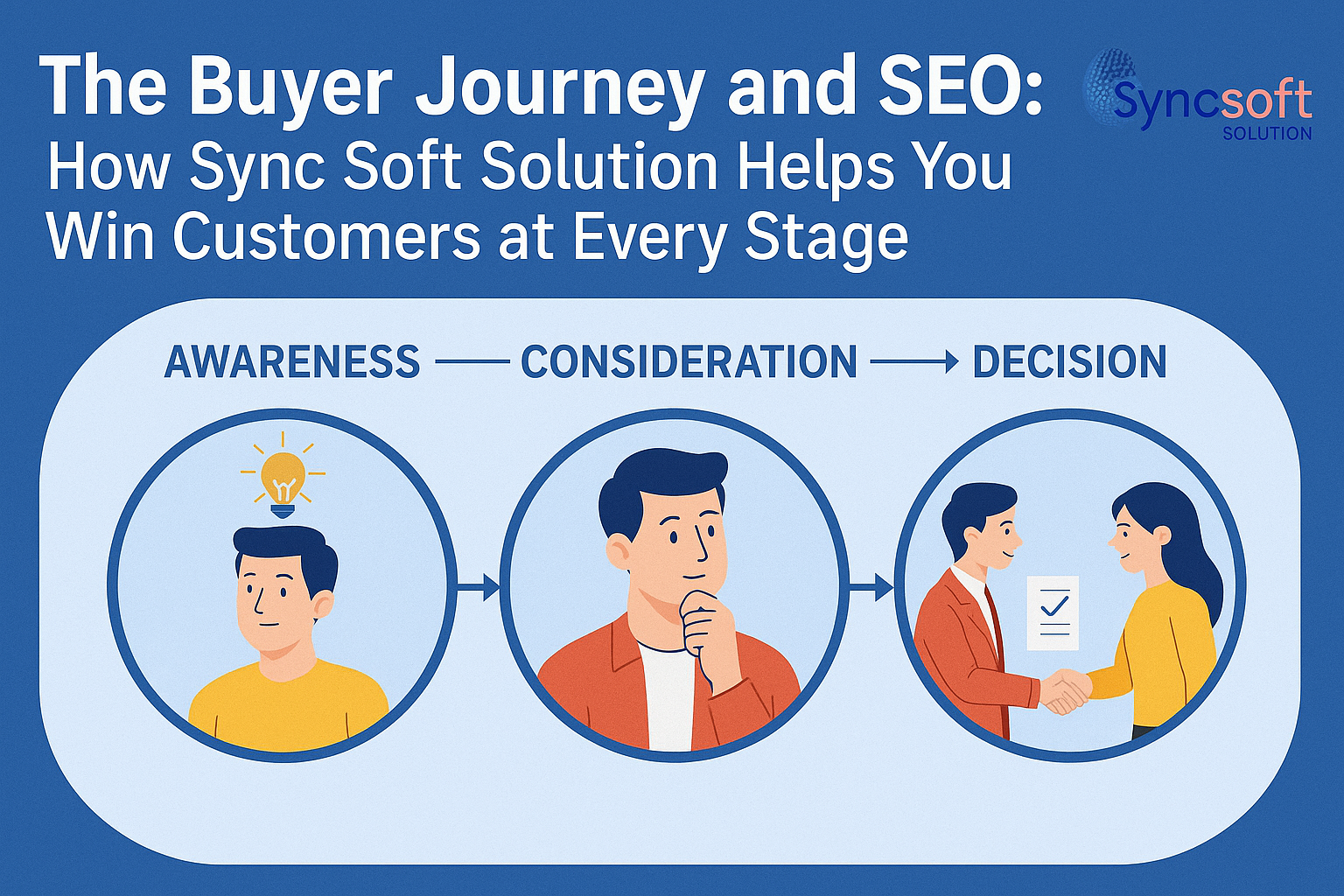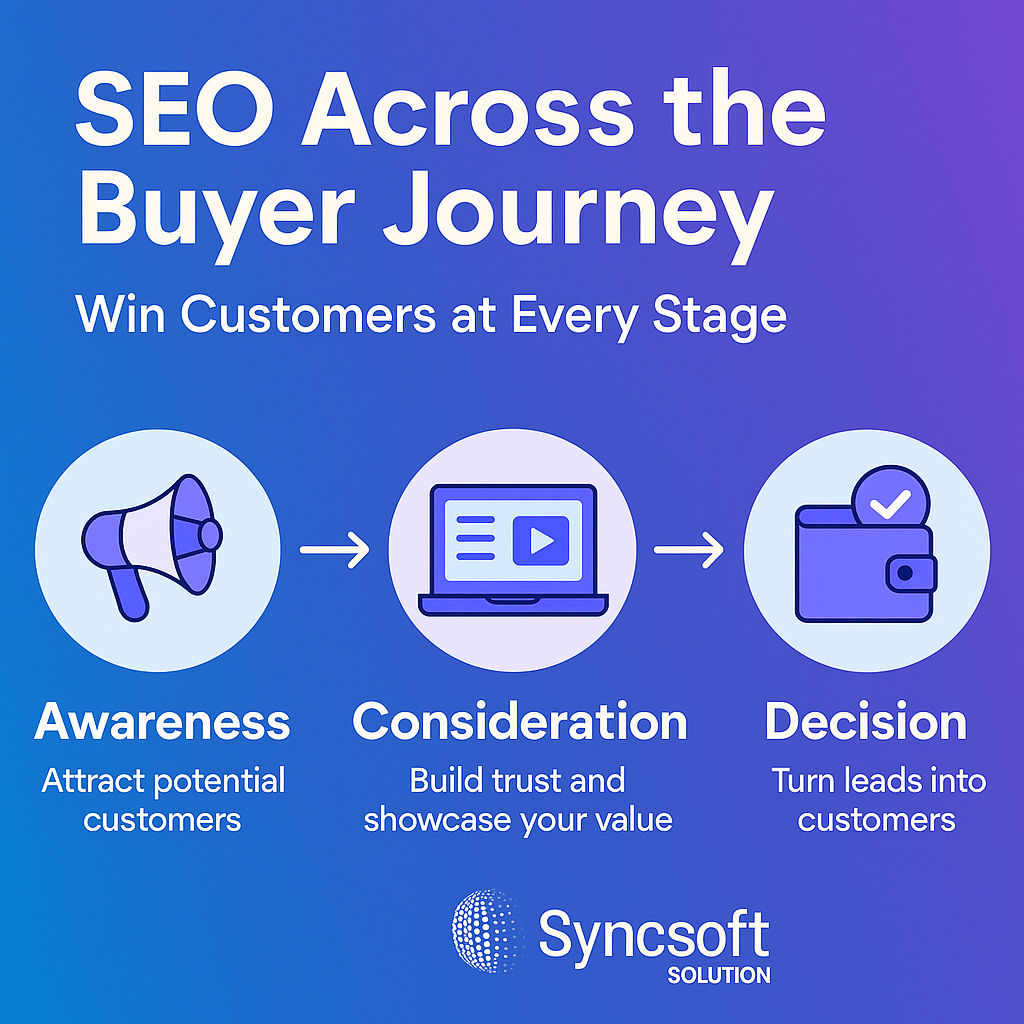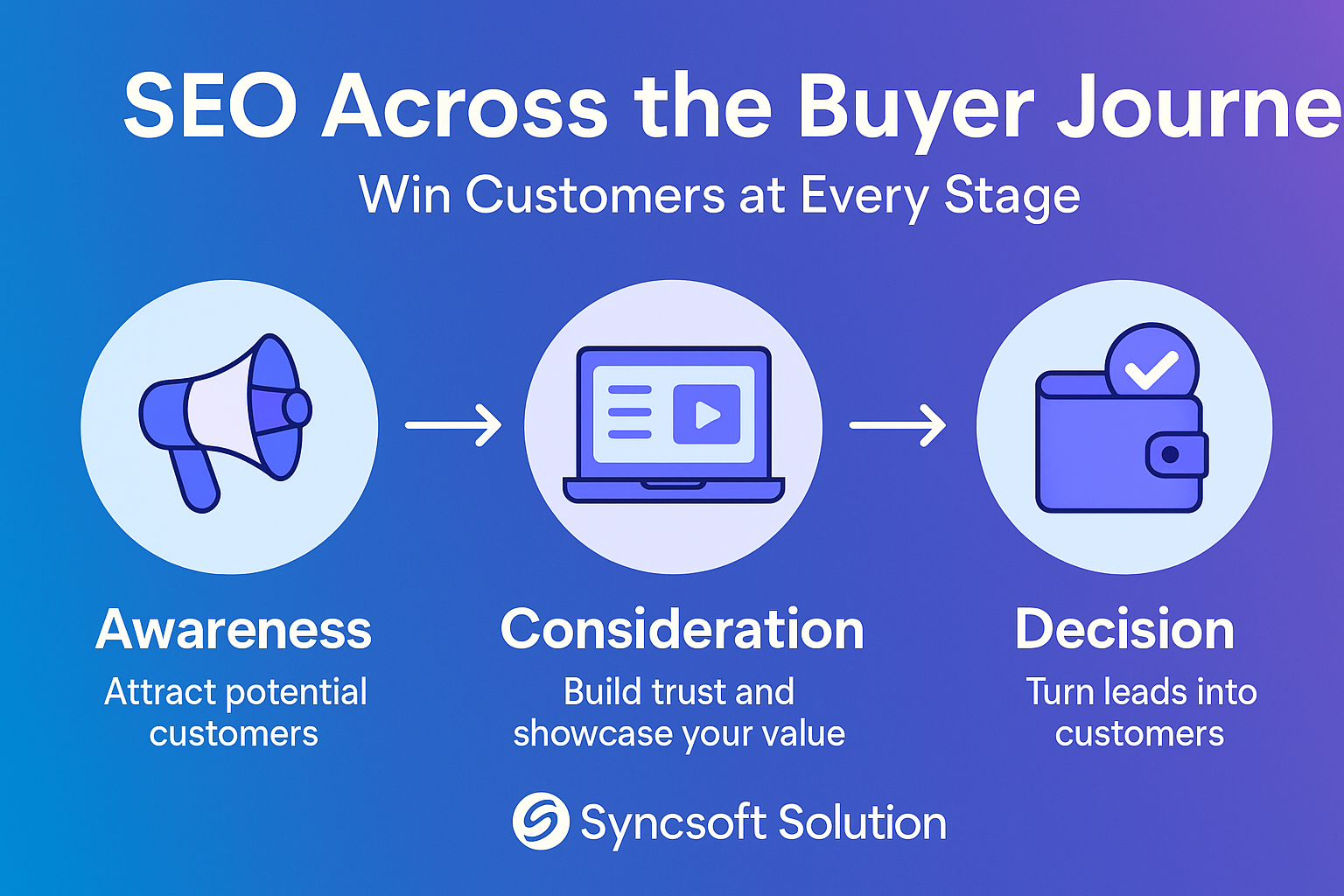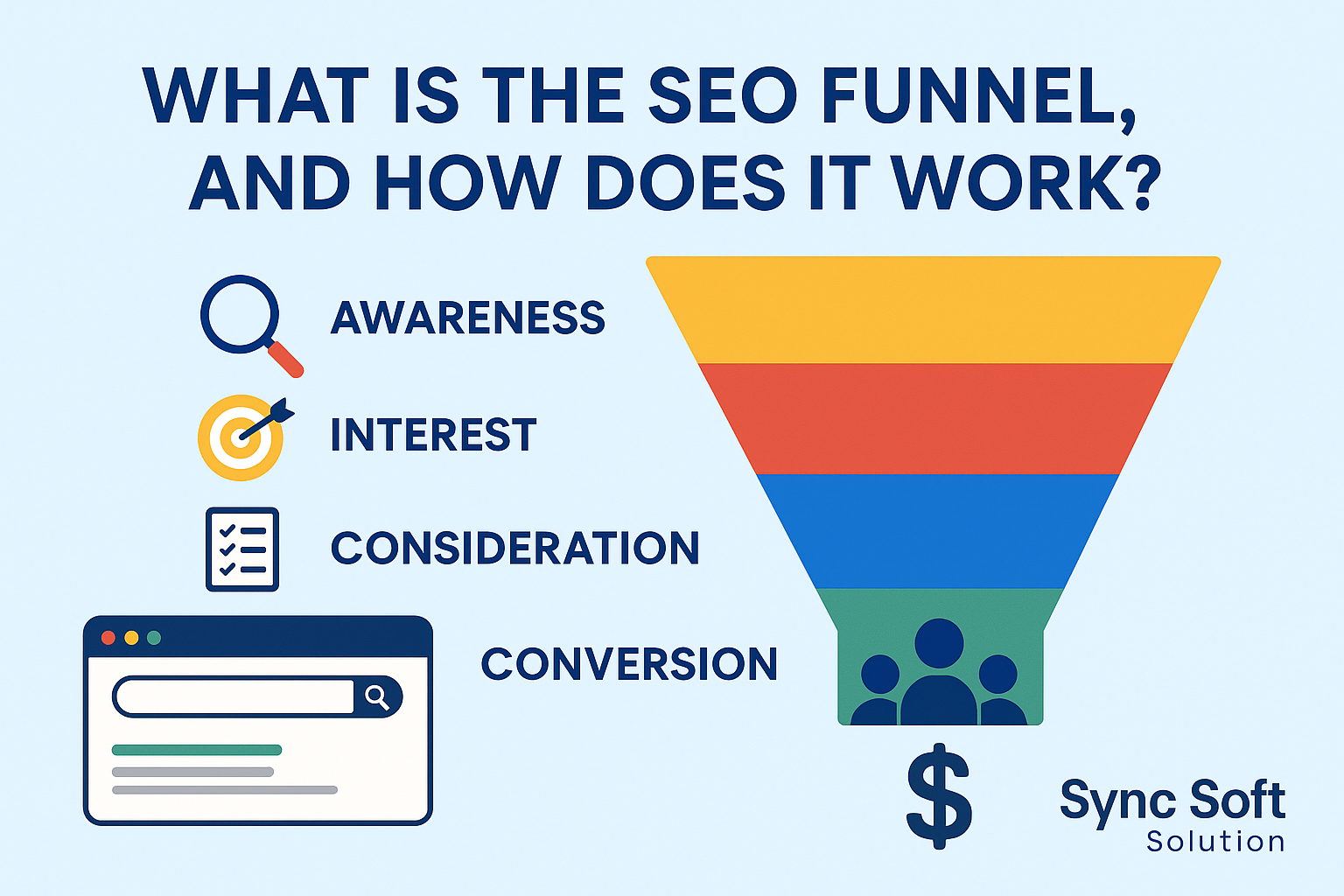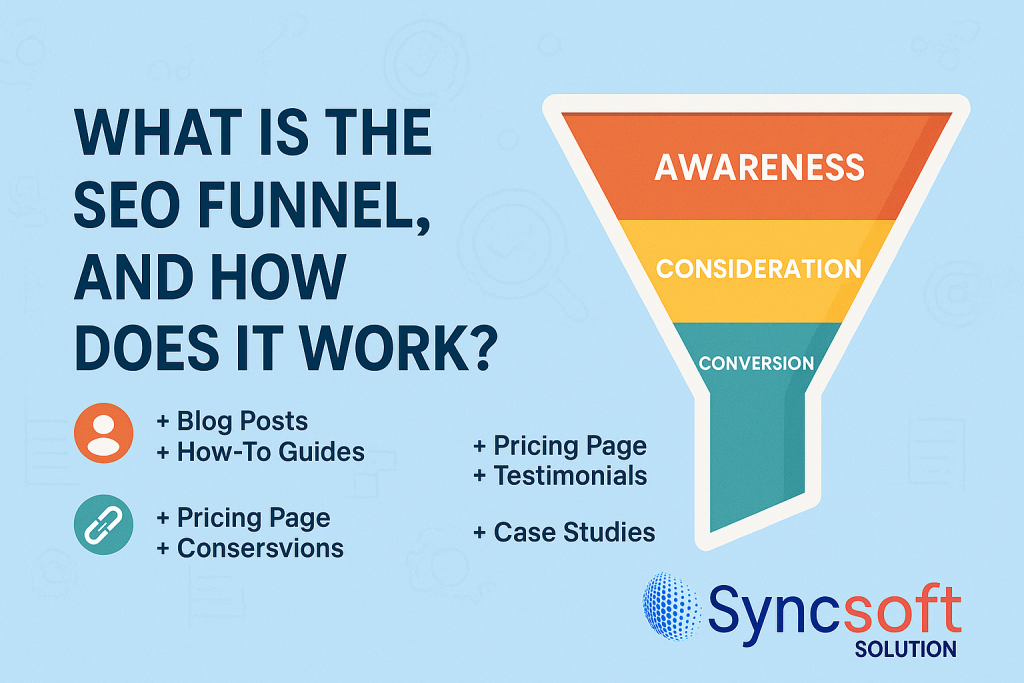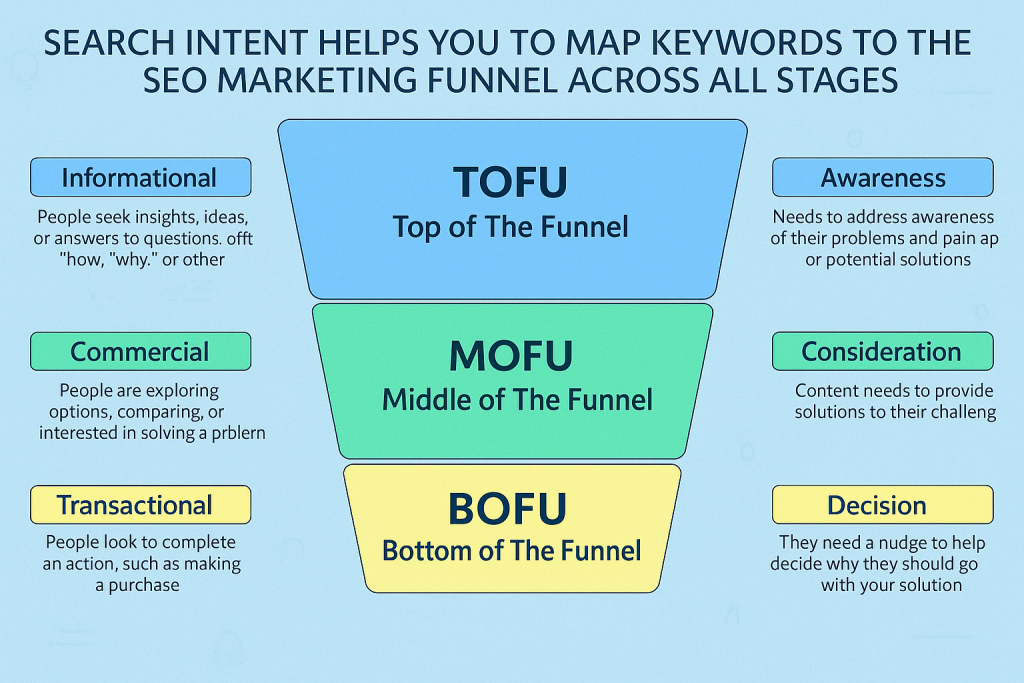Answer Engine Optimization (AEO) -As voice adoption surpasses 50 % of mobile searches in Tier 1 Indian cities, brands that fail to provide concise, conversation‑ready answers risk obsolescence. AEO is the discipline of sculpting your content, schema, and audio assets so smart assistants choose your snippet when users ask “Who is the best digital marketing agency in Delhi?” This comprehensive playbook covers keyword discovery through SSML implementation, plus analytics setups to prove ROI.

1. Understanding Voice Query Anatomy
Voice queries are longer and framed as questions. They often start with who, what, how, when, why and end with near me or in [city]. Context signals (location, previous queries) are paramount. Design content to disambiguate—state your location, expertise and availability quickly.
2. Intent & Question Mining
Combine tools:
- AnswerThePublic for raw question pools
- People Also Ask (PAA) scraper
- GSC → Search Appearance → Rich results for FAQ clicks
Cluster questions by intent bucket (Informational, Navigational, Transactional). Align answers to funnel stage—top, mid, bottom.
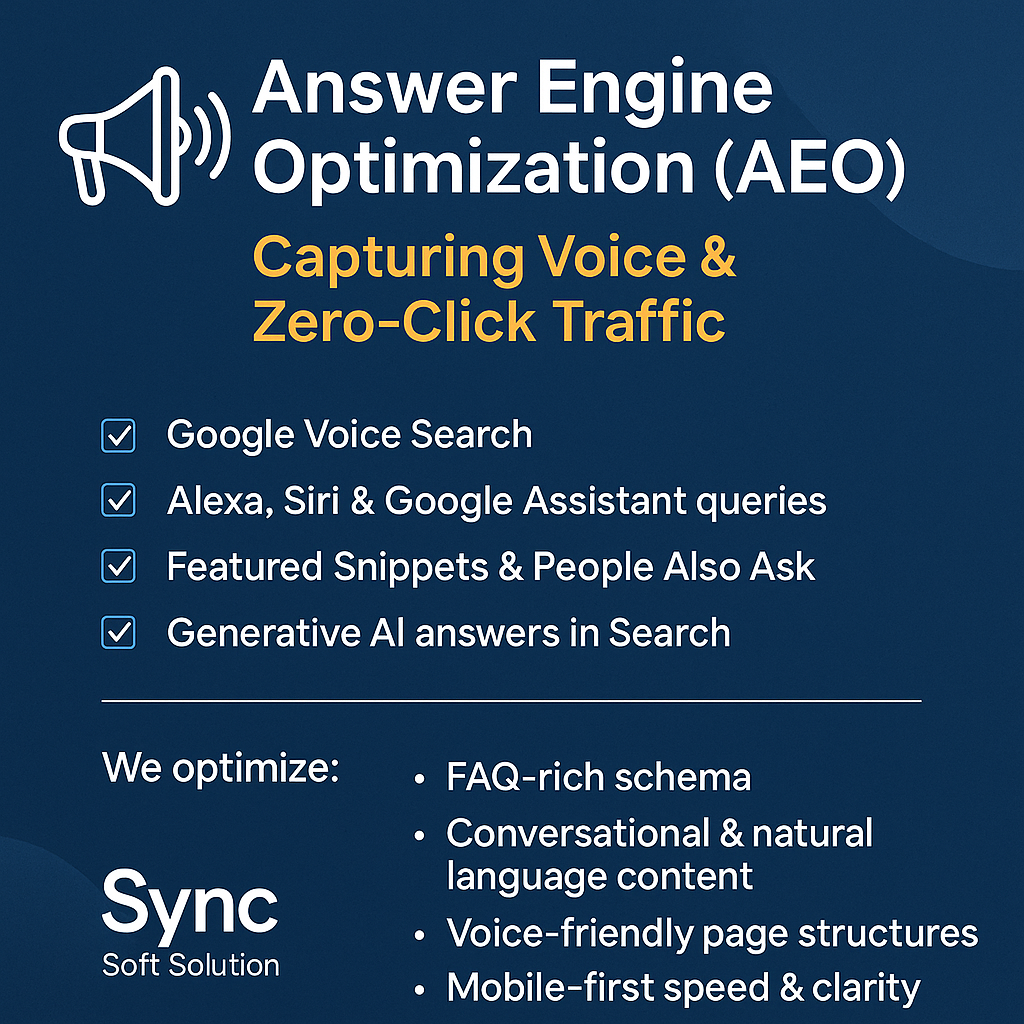
3. Crafting Voice‑Ready Answers
3.1 SSML Best Practices
Encapsulate answers in tags, use to pace, and emphasise key phrases with . Limit to 29 words; longer answers truncate.
3.2 Conversational Framing
Respond in first‑person plural: “At Sync Soft Solution, we…”. Mention location within first sentence for local queries.
3.3 Multimedia Complements
Provide downloadable MP3 answers via <link rel='alternate' type='audio/mpeg'>. Assistants that support rich cards can surface these as playable responses.
4. Speakable & FAQ Schema Deployment (≈250 words)
Add speakable property pointing to RSS. For every FAQ, nest acceptedAnswer and test in Google’s Rich Results Tester. Mark up operating hours with OpeningHoursSpecification so assistants offer accurate service timing.
5. Technical Performance for Voice
Voice agents penalise latency >1 s. Implement serverless edge functions on Vercel or Cloudflare Workers to process TTFB in under 150 ms. Use HTTP 2 push for answer JSON.
6. Measurement & Continuous Improvement (≈200 words)
Track voice answer metrics via:
- Google Assistant Directory Analytics
- Alexa Skill Analytics
- Indirect: spike in direct traffic, call clicks post‑query.
Drop unanswered questions into backlog for content creation.
7. Case Study: Local Spa Chain
A 3‑outlet spa chain in South Delhi saw 90‑day appointment bookings rise 41 % after implementing Speakable FAQ pages scripted by Sync Soft Solution.
Answer Engine Optimization (AEO)
AEO fuses structured data, concise copywriting and low‑latency delivery to own zero‑click voice traffic. Implement the steps above or engage Sync Soft Solution’s AEO specialists to get your brand talking—literally.

